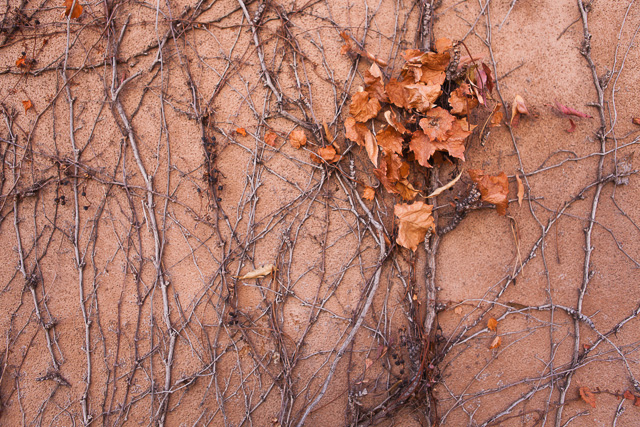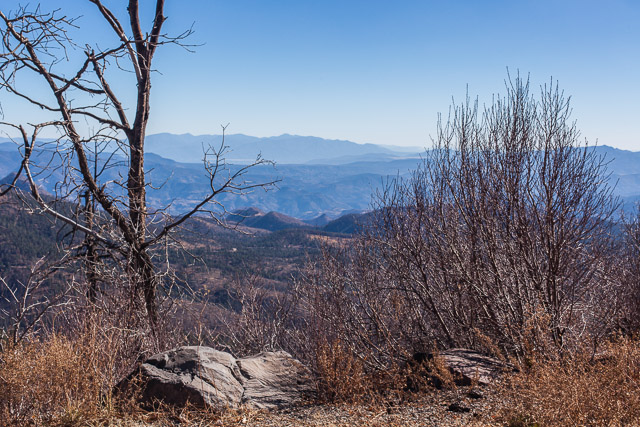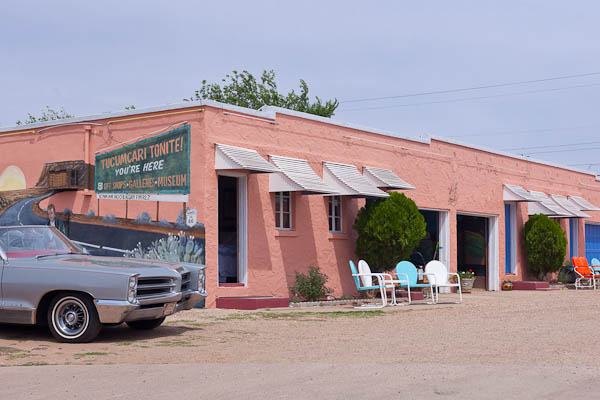Your task is not to seek love,
but merely to seek and find
all the barriers within yourself
that you have built against it. ~ Rumi
I love walls, I especially love abode walls. And I love adobe walls that have grape vines creeping all over most of all.There is just something about the combination of a wall with abode and grape vines that makes me grab my camera and check the space on my memory card.
I had an absorbing hour – yes, hour, thank you Sherpa for your patience – taking photographs of this particular adobe wall in Old Town Albuquerque. There were parts of the wall with cracks, parts of the wall with just a bit of the vine, some parts had clusters of blue grapes, some had leaves like this photograph. Together, they combine to tell a lovely story about the wall and the grape-vine.
I chose this as November’s Photo Heart Connection partly because it seemed so fitting for a photograph taken in November – the growing season is over and the vines are leaves are curling, crackling, falling off the vine. And partly because this was Day 3 of a four-day , cross-country trip, and we especially made time to visit Albuquerque instead of zooming through the city while bemoaning the fact that we didn’t have time to stop.
This photograph reminds me that time continues, seasons change, years pass. And if I don’t make time for pauses in a hectic life, make time to enjoy the sights and sounds of life, then I miss out on experiences that make my life meaningful. It pairs well with the above quote from Rumi. I can set up barriers that prevent me from fully partaking in life and love, or I can seek and find those barriers and take them down.
————
Bo Mackison is a photographer and the owner of Seeded Earth Studio LLC. This is her November Photo-Heart Connection contribution.












